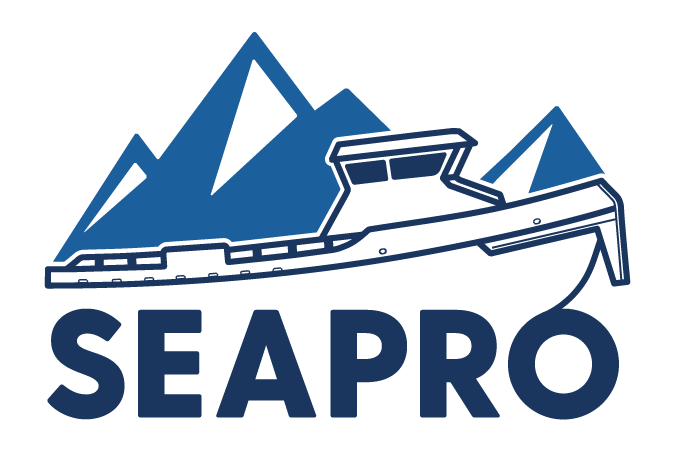

Non-mechanical response options include the use of dispersants and in-situ burning. At this time neither of these options has been approved for use in Southeast Alaska.
State of Alaska regulations regarding contents of oil discharge and contingency plans under 18 AAC 75.425 specify that the following information be included within the Non-Mechanical Response section of a plan:
“... if a non-mechanical technique such as dispersant use or in-situ burning is proposed... include (I) description of the specific mechanisms in place to assess the environmental consequences of the non-mechanical response option and to provide continuous monitoring of its environmental effects; (ii) a complete inventory of non-mechanical response equipment and supplies, including the type and toxicity of each dispersant, with procedures for storage, maintenance, and deployment; (iii) identification of all necessary approvals, and a completed application for department approval for open burning if in-situ burning is a proposed response technique; (iv) identification of all permits, approvals, or authorizations for use of non-mechanical response techniques and the timeline for obtaining them; and (v) a plan for protecting environmentally sensitive areas, areas of public concern, and the public from any adverse effects of the non-mechanical response action.” (18 AAC 75.524(e)(3)(G) [and] ...Plans which propose the us of dispersants, in-situ burning, or other non-mechanical response techniques during periods when environmental conditions or other factors limit the use of mechanical spill response methods must demonstrate their efficiency and effectiveness and must include a full assessment of potential environmental consequences, provisions for continuous monitoring and real -time assessment of environmental effects, and full compliance with all applicable approval requirements. If in-situ burning is proposed as a response technique, a completed application for approval ... must be included.” (18 AAC 75.445(h)
ADEC Oil Discharge Prevention and Contingency Plan: Application and Review Guidelines provides, in part, the following information regarding required contents of this section:
"If non-mechanical method such as dispersant use or in-situ burning are proposed as a response option, basic information on initiating a non-mechanical response should be given in Section 1.7. (18 AAC 75.445(h)) ... [This section should include]: ...any additional specifics needed on what non-mechanical response techniques will be used, and how they will be used. The basis upon which a decision to burn or disperse the oil will be made must be described, including a discussion of appropriate environmental conditions and physical circumstances, and the quantity, location, application method, and time-frame envisioned for its use. If burning is proposed, procedures for the recovery of tarry residue must be described. ...Relevant supplies and equipment must be listed. ...Open-burn permit approval..., ...approval from the Alaska Regional Response Team (for spills to water) and authorization by the State and federal OSCs are necessary prior to initiating in-situ burning. ... Any additional permits, approvals or authorizations that may be required must be identified... along with procedures and time-lines for obtaining them. ...Procedures to minimize environmental damage must be described and compared to other available response options. Procedures to protect environmentally sensitive areas and safeguard public health or property must also be described. Toxicity test data for local flora and fauna is required for any proposed dispersant that has not been approved by the EPA. “ (18 AAC 75.425(e)(1)(G))